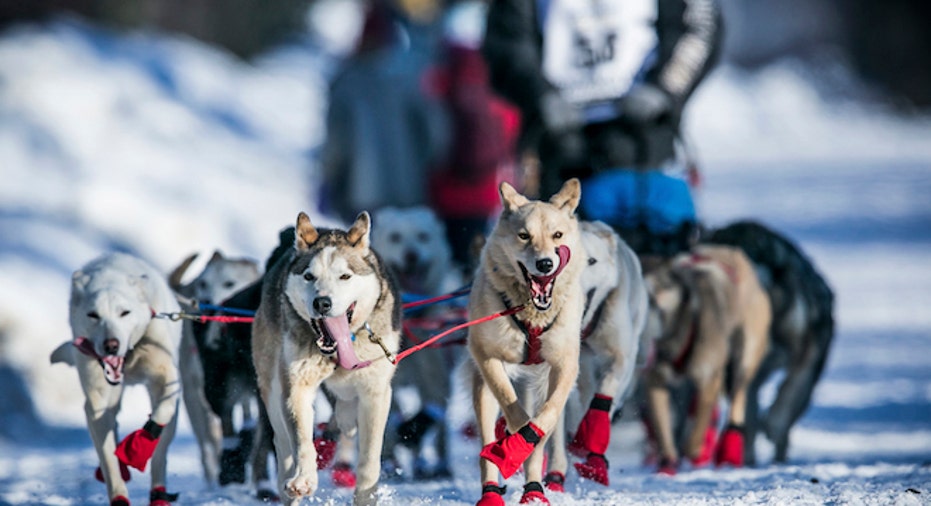4 Teamwork Lessons from The Iditarod

The Iditarod, a grueling dog sled race that spans nearly 1,000 miles from Anchorage to Nome, Alaska. Not only is the terrain challenging but wind chill temperatures have fallen to as low as 130 degrees below zero in past races. The winner of the first Iditarod in 1973 took almost three weeks to finish. Today racers can complete the “Super Bowl” of dog sled races in less than 10 days. Adversity faced by sled dog teams racing in the Iditarod makes the event a stress test for teamwork and the cohesiveness of a team’s culture. Reading about it, I could see parallels between sled dog teams and teams of people in organizations. Nearly all teams pull together during the good times. Difficult times test team culture as teams face obstacle after obstacle and may struggle to perform. Teamwork and perseverance are keys to success. Teams with weak cultures fall apart amidst adversity. Feeling threatened, people get frustrated and begin to blame one another. In strong team cultures where a bond of connection exists among team members, however, they pull together and are more likely to persevere through obstacles. Here are four lessons from the Iditarod that are relevant to teams. 1. Does your team have the right task strengths? Each team competing in the Iditarod starts the race with a human athlete (known as a “musher”) and 12-16 dogs, and must finish with a minimum of six dogs. A great sled dog team works together as one although it includes dogs with different task strengths. The lead dog at the very front has to be both intelligent and fast to lead the team’s pace and guide its direction. Swing dogs run directly behind the leader. Their job is to “swing” the team into the turns or curves. Team dogs pull the sled. Wheel dogs, or “wheelers,” are placed directly in front of the sled and their job is to pull the sled around corners and trees. Getting team member selection right is an essential part of creating a great team. There is often a sizable difference in the abilities of individuals to perform specific tasks. Leaders need to identify the tasks required to achieve excellence and produce results then hire individuals who have the right task strengths for the particular job.2. Does your team have the right character strengths? Sociable and team-oriented, Alaskan Huskies are the preferred breed to be sled dogs. Alaskan Malamutes, a breed that was once popular, are rarely selected because they have developed a reputation as being aggressive. Selecting team members based on task strengths alone is not enough. Character strengths must also be factored into the selection process. Do your team members have the right character strengths? Like sled dog teams, your team needs to have individuals who are sociable, cooperative, collaborative, and teamwork oriented. Team members who “surrender me for we” are ideal. Selfishness and excessively self-interested individuals undermine team connection, unity and performance. 3. Has your team received the right training and preparation? Breeding and training develop sled dogs into remarkable athletes. Top sled dogs have VO2 capacity, a measure of oxygen consumption, that is more than double that of the cyclist Lance Armstrong. They can run sub-four-minute miles and maintain that astounding pace for 60 miles straight. Has your team had the training and completed sufficient preparation to perform at its peak? 4. Are you encouraging and recognizing your team members? Reins guide sled dogs. Words drive them. Mushers connect with their dogs by speaking to them, especially to their lead dog. This connection spurs on sled dogs. Are you regularly connecting with and encouraging your team members? People need recognition. And they need recognition to come in a way that they are wired to receive it (read The 5 Languages of Appreciation in the Workplace if you are unfamiliar with the types of recognition). Recognition and encouragement energize people, whereas a lack of recognition and encouragement drains people of energy. Like the best sled dog teams competing in the Iditarod, your team must have the right task strengths, character strengths, training and preparation, and recognition and encouragement to perform at the top of its game.Colton Perry, an intern at E Pluribus Partners, contributed to this article.



















